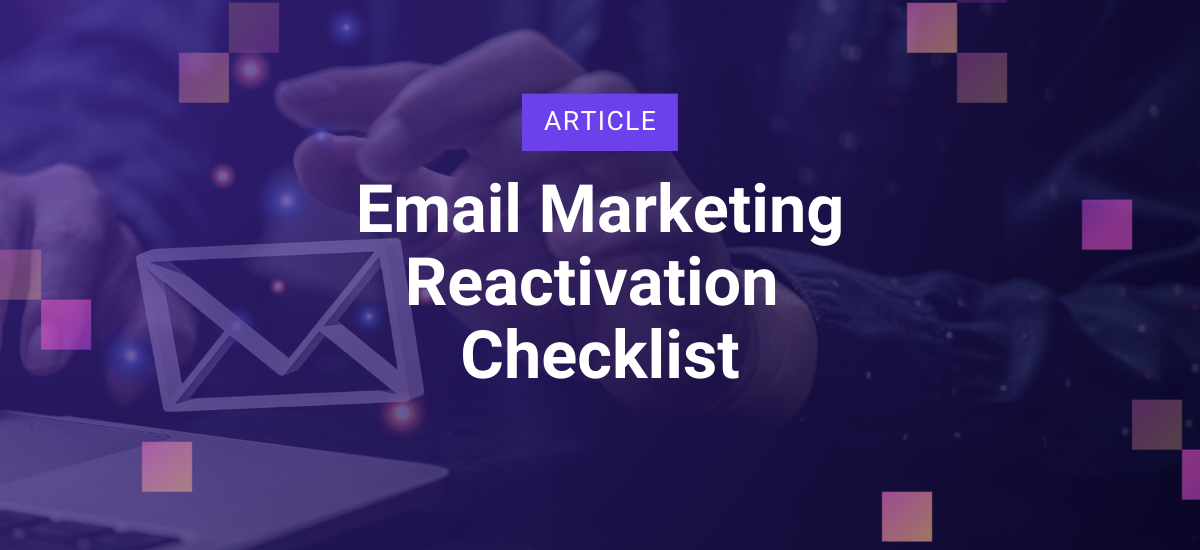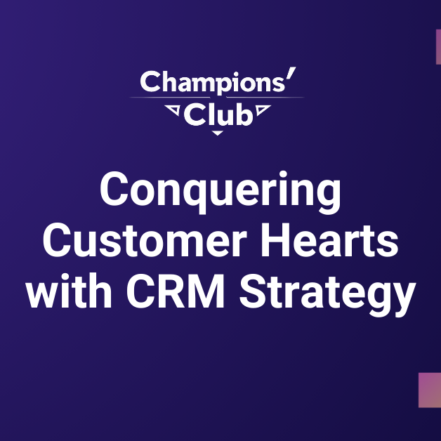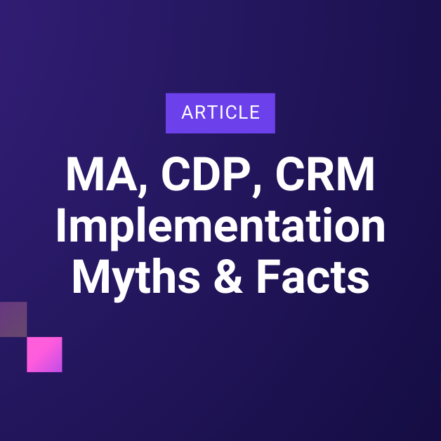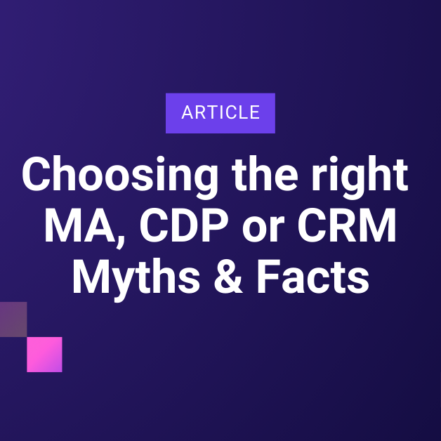Following the good practice and proper precautions, part of the inactive base can be reactivated. Analytically speaking, the purpose of this action is to move some contacts from the ‘Inactive – unsafe sending’ segment to the ‘Active – safe sending’ segment.
The best practices in the reactivation campaign in the email channel:
- Do it only if you’ve prepared a unique and potentially vere effective content for you campaign -eg. an extremely attractive offer – which will significantly increase the recipient’s responsiveness in the form of at least opening the message. Remember that the title of your message is crucial.
- Segment the inactive part of the base, dividing it according to the engagement
and, consequently, potential interest in the new campaign. For example, people who have been active recently, or those who have been on your website in recent months, have greater probability to be interested in the new campaign. - Divide the campaign into several smaller sub-campaigns and schedule them for at least a few days. Firstly, direct the messages to segments with a higher potential for interest in your campaign.
- Keep an eye on indicators such as OR, and above all, soft and hard bounces. Everything is fine if the percentage of bounces in proportion to the emails sent is up to about 1%, and hard bounce by recipient domain is only a single case. If not, stop the campaign.
There are two types of bounced emails – hard bounce (for example, caused by a non-existent email address) and soft bounce (soft bounce, transition, resulting from e.g. an overflowing user’s mailbox)
In Vecton we help our Clients to conduct email reactivation campaigns to strengthen their email statistics. The main benefit of such a campaign is to increase the active base for email communication and thus increase the range and effects of all your subsequent campaigns and activities in this channel.
Our experience shows that with a single reactivation campaign, about 3-5% of your email base can be reactivated, although there are successful projects in which as much as 10% of the inactive base becomes active.
Please keep in mind that the reactivation campaign is always a risky tactic and by neglecting precautions after just one sendout can lose the reputation of your mailing domain which you have developed over the years. If you would like to be supported by someone experienced, contact us!
























